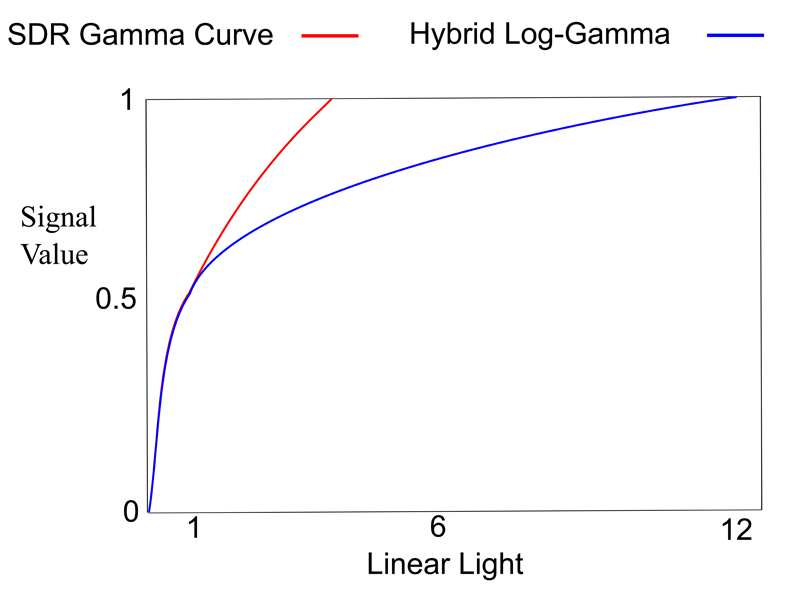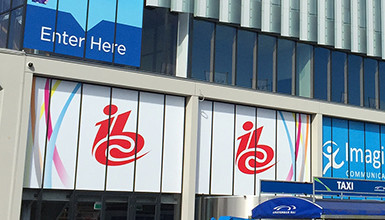Developed by the BBC and NHK, HLG is designed to fit into existing broadcast infrastructures without the need for metadata to arbitrate between standard and high dynamic range versions of content. It works by splitting the signal at the 50% level (middle gray) on a waveform monitor. Below middle gray, HLG uses a conventional gamma curve to encode picture information in the lower mid-tones and shadows. Above middle gray, a logarithmic curve is used to map directly into the expanded highlight range of compatible HDR displays.
The upshot for FS5 shooters is that you can shoot in a log-like profile, similar to S-Log2 or S-Log3 in terms of highlight retention, and output directly to HDR displays without color grading or other extensive manipulation. In this way, it is similar to shooting a “baked-in look” for output to conventional REC709 displays, except that the footage will show an expanded brightness range, including detail-rich highlights, when used with an HDR display compatible with the HLG standard. When used with a standard REC709 monitor, the image will look as if it were mastered for standard dynamic range — most non-technical viewers should be none the wiser. Critical viewers may find that HLG footage appears slightly darker in the mid-tones when viewed on standard displays. Hybrid Log Gamma will also be supported in Sony’s free Catalyst Browse application.
In addition to the new HDR capabilities, the new firmware will also lower the minimum ISO on the FS5 to 2000 (down from 3200) when shooting in S-Log2 or S-Log3. This will allow images to be captured closer to the sensor’s true native sensitivity and should result in cleaner, easier to grade log footage. Last but not least, an additional paid feature in the update will allow for continuous shooting at up to 120 fps in HD resolution, instead of the triggered buffer/cache recording implementation used currently.


















